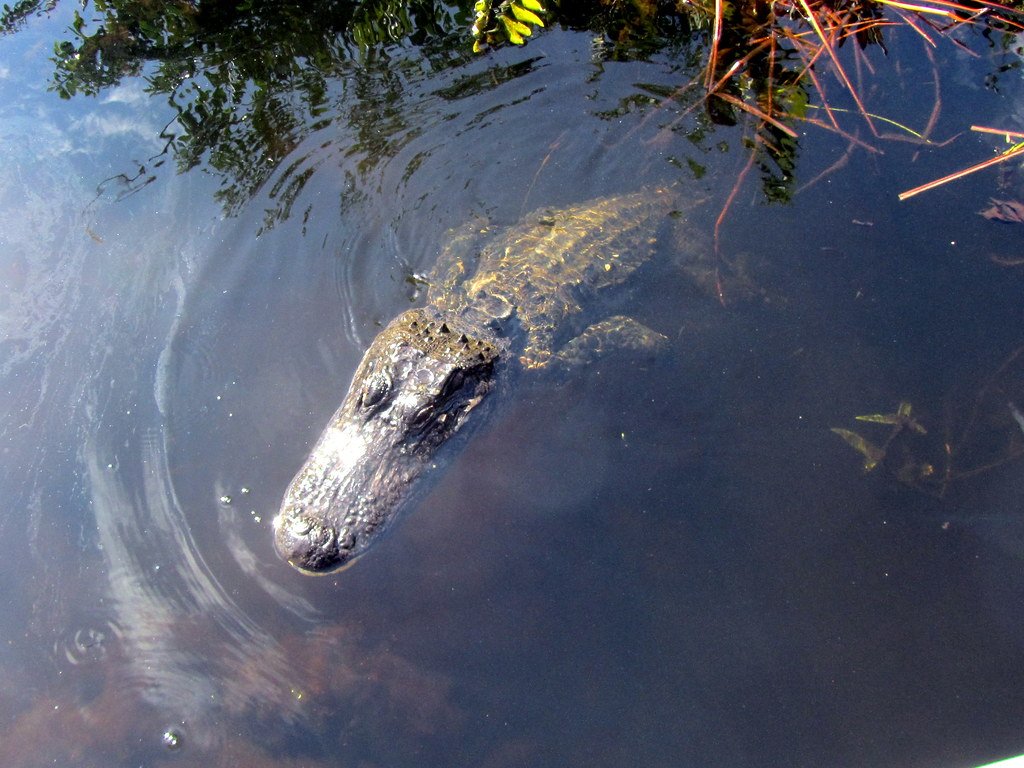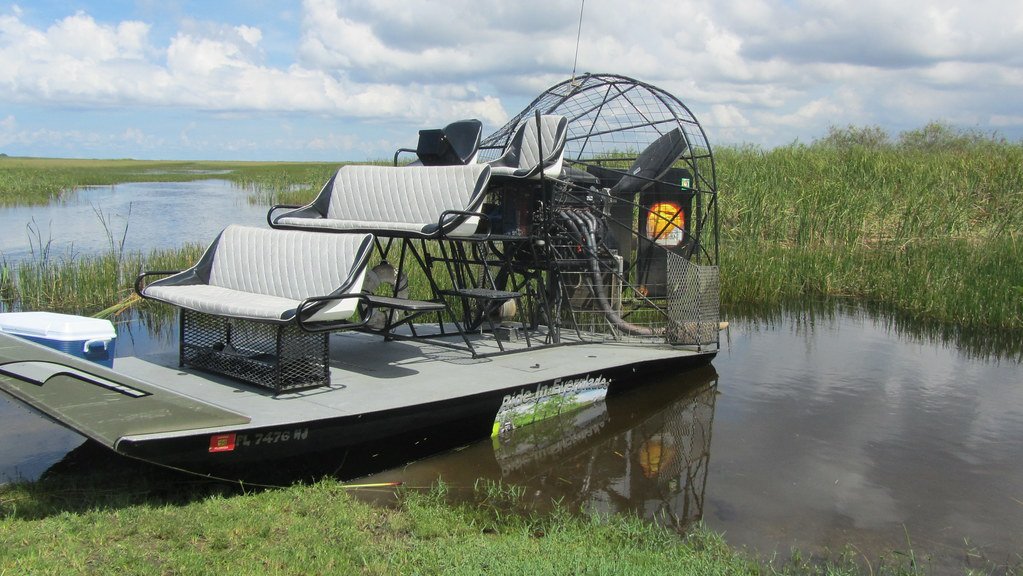The Florida Everglades—the largest subtropical wilderness of the United States—boasts a unique and fragile ecosystem. Home to a myriad of species, this landscape weaves together a delicate balance of flora and fauna. However, in recent decades, this balance has been disrupted by the uninvited presence of invasive species, most notably the Burmese python. This article delves into the heart of the Everglades’ struggle against these invaders, showcasing the efforts made to protect this precious natural treasure.
Understanding the Everglades’ Ecosystem

The Florida Everglades span more than 1.5 million acres of wetland, hosting an extraordinary diversity of life. Known for its combination of sawgrass marshes, pine flatwoods, and coastal mangroves, the Everglades provide a sanctuary for many threatened species such as the American crocodile, manatee, and panther. This vibrant ecosystem functions through a sensitive interplay between its inhabitants, relying heavily on a specific order of predator-prey relationships to maintain balance.
The Rise of Invasive Species

Invasive species are non-native organisms that cause ecological harm in new environments where they lack natural predators. In the Everglades, such organisms disrupt the ecosystem by preying on native species, competing for resources, and introducing diseases. The presence of invasive species like the Burmese python poses a significant threat to this natural balance, potentially leading to the decline or extinction of indigenous wildlife.
The Burmese Python Invasion

Originally from Southeast Asia, the Burmese python became established in the Everglades during the late 20th century, largely due to the pet trade. Pet owners releasing these large constrictor snakes into the wild is believed to have led to the current infestation. Without natural competitors or predators, these pythons have thrived, preying on a wide array of animals from small mammals to birds, and even deer and alligators, severely impacting native populations.
Ecological Impacts of the Python Problem

The Burmese python’s presence has caused a dramatic decline in several native mammal species in the Everglades. Studies indicate staggering reductions in the population of raccoons, opossums, and bobcats. The negative ripple effect extends throughout the food web, threatening not only prey species but also those reliant on them, including predators accustomed to a particular diet based on the native fauna.
Control and Management Efforts

Faced with this crisis, management agencies and organizations have initiated multifaceted efforts to control and mitigate the impact of Burmese pythons. Strategies include organized hunting and removal contests, such as the annual ‘Python Challenge’, wherein professional hunters and the public engage in capturing and removing the snakes. This helps reduce the population and raises awareness of the issue.
Research and Tracking Methods

Researchers employ various innovative methods to track and study the behavior of Burmese pythons. GPS transmitters and radio telemetry are used to monitor movements, breeding habits, and habitat preferences. These technologies provide valuable data that informs management decisions and removal strategies, enhancing the effectiveness of control efforts.
Prevention and Public Involvement

Preventive measures focus on regulation and education to curb the introduction of new invasive species. Laws now regulate the ownership and trade of potential invasive species, while public outreach campaigns educate citizens about the ecological threat and encourage responsible pet ownership. Community involvement is crucial for successful prevention and control efforts.
The Role of Native Species in Combating Invaders

Efforts are not solely concentrated on direct control methods. Conservationists also focus on bolstering native predator populations such as alligators and bobcats, which can help manage the invasive python population naturally. By strengthening the presence of native species, ecosystems gain resilience against invaders.
Reflecting on Human Impact

The crisis of invasive species in the Everglades prompts a broader reflection on human impact on ecosystems. It underscores the importance of biodiverse and balanced environments, cautioning against the careless translocation of species. This situation serves as a poignant reminder of the interconnectedness of human actions and ecological consequences worldwide.
Future Directions for Invasive Species Management

The fight against invasive species like the Burmese python is ongoing and evolving. Scientists and policymakers continue to explore innovative solutions, such as genetic control techniques and improved predictive models to prevent future invasions. Collaborative international efforts are also considered for addressing this pervasive global issue at its root.
Conclusion: A Call for Conservation

The story of the Florida Everglades is one of challenge, adaptation, and determination. As these ecosystems wrestle with the presence of the Burmese python and other invasives, they offer a powerful incentive for robust and informed conservation methods. Safeguarding the Everglades not only protects a unique ecological treasure but also demonstrates our commitment to preserving the planet’s biodiversity for future generations. The collective action of scientists, government bodies, and the public remains pivotal in the ongoing endeavor to restore balance in this verdant world.




